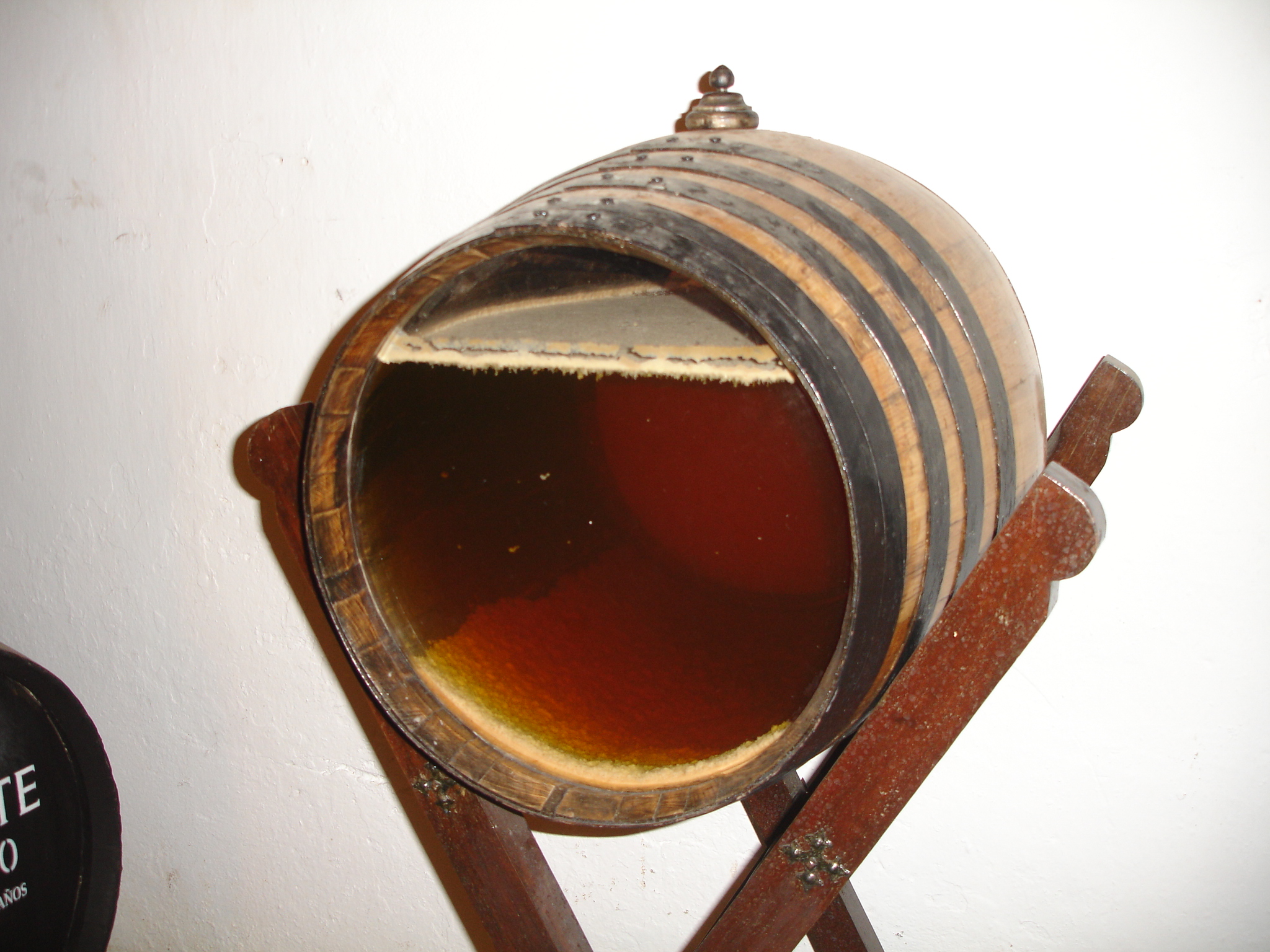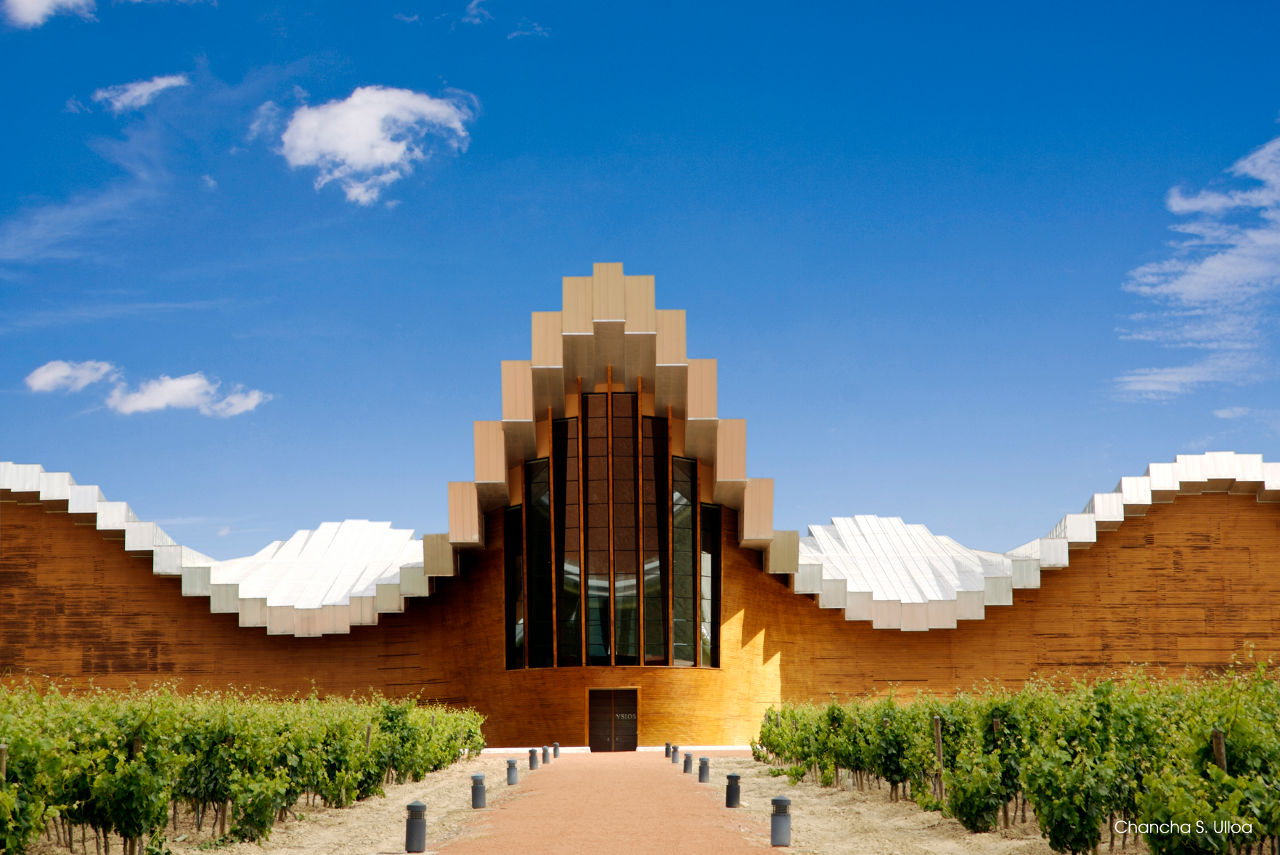Germany
Usually I start with a map, or a historic picture, but the picture at left lets you in a bit more on who I am as a person. You see, I have an immediate gratification problem. The picture to the left is proof of that, because it is a classic bottle used for bottling German wine from Franken, one of the 13 wine regions of Germany. As you probably guessed, like the Fiasco in Italy, this does not usually carry the best quality German wine, but it sure is a cool bottle.
It is also my FAVORITE part of the education I have received to date on Germany. The Bottle you see is called a Bocksbeutel. Funny right?
I should probably translate, then surely you will get it. Bocksbeutel in German translates to goat scrotum. Now it is funny right!!!! Couldn't wait to get back home to type that.
German wine is not unlike their cars. It is crisp, it is well made, it is technical in its approach. It is also great, and some might argue that a German Riesling is the best white wine made on the planet. I will also say that like the cars, the good ones can be very expensive. It is said that German wines represent place in much the same ways that the great Burgundy wines do. Incidentally, Burgundy is the other region often argued to have the greatest wines in the world both reds and whites. Why we need to argue over whose is better, I will never know, I say drink them both.
As you can see the German wine region is largely distributed in the southwest corner of the country. There are 13 wine making regions in Germany making varying levels and qualities of wines. The country is so far North, that ripening of grapes is a challenge in most years regardless of where a vineyard is located. The best vineyards face South, giving the grapes optimal sun exposure, and therefore the best chance of adequately ripening. The best vineyards are protected either by forest, mountains, or by water from the elements and sometimes all of the above. That is why German Vineyards hug the rivers on seemingly impossibly steep terraced vineyards. Risidual heat off of the water, and the reflection of sunlight help the grapes ripen more predictably.
Since Germany is a country in which the biggest challenge is sunlight, and therefore the ripeness or sugar content of the grapes, it is little wonder that the quality standards revolve around how ripe the grapes are that will contribute to the finished wine.
This is turning into a bit of a picture book, but at left, you can see the classification system for sweetness of the must. This is important, because the must is sweet in all wines prior to fermentation. We are not discussing Residual Sugar here, so wines can be sweet or dry at any point on this ladder. The bottom 2 rungs of the ladder are simple quaffing wines. Frequently sugar is added prior to fermentation because the grapes are under ripe. Most of these wines stay in Germany so you will not find them frequently in the stores.
The more interesting wines are the Qualitatsweins or QbA wines (Quality wines) and the better Qualitaatswein mit Pradikat (Quality wines with attributes). The latter are the wines from the best vineyard spots in Germany. The lowest quality by sugar content is Kabinett, followed by Spatlese and Auslese. The top two are generally over ripe and noble rot has generally set in. They are BA or Beerenauslise, and TBA TrockenBeerenauslese. These are always sweet. Finally Eiswein (Ice Wine) is made after grapes have frozen. The wine is pressed while the grapes are still frozen and the sugar is pressed out while most of the water in the grape remains frozen. Therefore, the sugar and alcohol is high, and these wines have low yield, high acid, and are sweet. Canada and parts of the united states also make good ice wines through the same process. The wines are delicious and despite the high residual sugar, they have great balance from the acid left in the wine.
Sugar content is measured in Oechsle. Water has 0 degrees and for every gram of sugar per liter, it increases the Oechsle by one degree. Kabinett is 67-85 degrees, Spatlese is 76-95 degrees, Auslese is 83-105 degrees, Beerenauslese is 110-128 degrees and Trackenbeerenauslese is 150 to 154 degrees. Eiswein is 110 to 128 degrees Oechsle. In other words 1 liter of water at 67 degrees Oechsle would have a specific gravity of 1067.
There are 3 main grapes of Germany, but Riesling is the most important and most elegant. You see, Riesling cares about the soil it is planted in very much, and Germany, particularly in the Rheingau and in Mosel have the perfect soils for the grape. Riesling is also very tolerant of cold weather, and thus, even when it is less ripe, can make some very nice wines. Other grapes grown of importance include Spatburgunder (Pinot Noir) and a hybrid white grape created in hopes of making a more cold tolerant Reisling called Muller-Turgau. Muler was a cross between Riesling and Madeleine Royale, and produces mostly high yield vines that never lived up to Riesling's quality.
In addition to the big 3, Germany also grows Pinot Gris (Grauburgunder), Pinot Blanc (Weissburgunder), Kerner, Bacchus and Silvaner.
As one might expect from Germany, the wine labels of the country are full of information, in fact, you will know more about a German wine prior to opening the bottle than you will any other wine in the world. You see, they will tell you what grapes were used, whether it is dry or sweet, where it is from, when it was bottled, and much more. Unfortunately, all of this information comes at a cost. Many feel that because the bottle is so full of information, that it is hard to read and understand. This may be a big reason for the relative lack of popularity of German wines throughout the world. Don't be scared. Jump in, it is well worth the time. One thing to know and that is any wine listed Troken on the label will be dry. Halbtrocken will be off dry. Another way to find a dry German wine is to look for a GG (Grosses Gerwachs)on the label, and a third is to find a wine marked VDP with an eagle on the bottle.
There are 13 Anbaugebiete (Regions) of Germany. They are Mosel (Formerly Mosel-Saar-Ruwer), Ahr, Mittelfhein, Rheingau, Rheinhessen, Nahe, Pfalz, Hessische-Bergstrasse, Baden, Wurttemberg, Franken, Sachsen, Saale-Unstrut. In reading all of these names it occurred to me that German is not an easy or beautiful language in any way.
Within those regions are still more classifications. Anbaugebiete have grapes coming from several sites without regards to region. Bereich are made from vineyards within a district of any region, and wines coming from those can take on the name of that region. Village wines are made from 2 or more vineyards within the same village. Grosslagen group together a name of several vineyards. These names can be very long. Einzellagen is a single vineyard and in that case the label will carry the name of the village and the vineyard.
| Mosel Vineyard over the Mosel River |
I will cover a few of the villages of note here, but know that there are 13 in total. The first of these is the Mosel. This area is noted for its beautiful Riesling grown in blue slate soils. These wines are pure, light, and low in alcohol. A Mosel Kabinett Riesling is super delicate. It is shimmering and star bright with flavors of green apple, slate and candle wax. They are racy with high acidity, and frequently only carry 8% abv. Many wines from the region are sweet, but there are many producing Grosses Gewachs or Troken wines as well.
The next region of note is the Rheingau. This is Germany's home of modern wine making. Here the church was the first to demark single vineyard sites in much the way they did in Burgundy. This, like Mosel is Reisling country with nearly 80% of the vineyard acreage being planted with the noble grape. Johannisberg is a community of the Rheingau, and the Rhine river runs through the middle of the vineyards. It is thus no surprise that two strains of Riesling come from this area "johannisberd Riesling and Rhine Riesling which are recognized the world over for the highest quality.
The soils in the area are Slate at the top of the slopes and a mixture of clay, loess, alluvial sand and red slate at the bottom. These soils allow the Rheingau to produce more powerful wines than produced in the Mosel. Additionally, Rheingau wines are produced in brown bottles while Mosel producers use green.
Rheingau also produces spatburgunder (Pinot Noir) in the city of Assmanshausen. The best of these wines may be found at the Hollenberg vineyard.
Pfalz is one of the warmest growing regions in Germany and it is marked by complex layered soils. As a result we are starting to see some very good Pinot Noir coming from the region in addition to Riesling. Nahe produces sweet Rieslings mostly with its two best sites being Oberhauser Brucke and Hermannshohle (Careful pronouncing that if front of the kids)
Ahr is a smaller Anbaugebiete but makes 88% of its wine as Spatburgunder. This community is on the Ahr river. The slopes are rocky and volcanic which also helps with warmth. The Spatburgunder from this region is light in color with bright acidity and red fruit in a leaner structured pinot.
Franken is ont he main river and near Frankfurt. The region produces a lot of beer. Silvaner grapes thrive in the region producing smoky, full mineral driven white wines. Franken is also the place that bottles in the "Goat Scrotum" bottle shown at the beginning. Thank God for them.
Mittlerhin sits on steep slate riverside terraces similar to the Mosel. Most of the wine from the region is dry or off dry. Hahn Grosse Lage vineyard is among the region's best.
Hessische Bergstrasse, Baden and Wurtenberg, and Sachsen and Saale-Unstrut are hard to find in the us, and therefore are less noteworthy here to discuss.
WARNING: Please be careful pronouncing some of the German Wine terms, you might hurt your throat.
WARNING: Please be careful pronouncing some of the German Wine terms, you might hurt your throat.
















